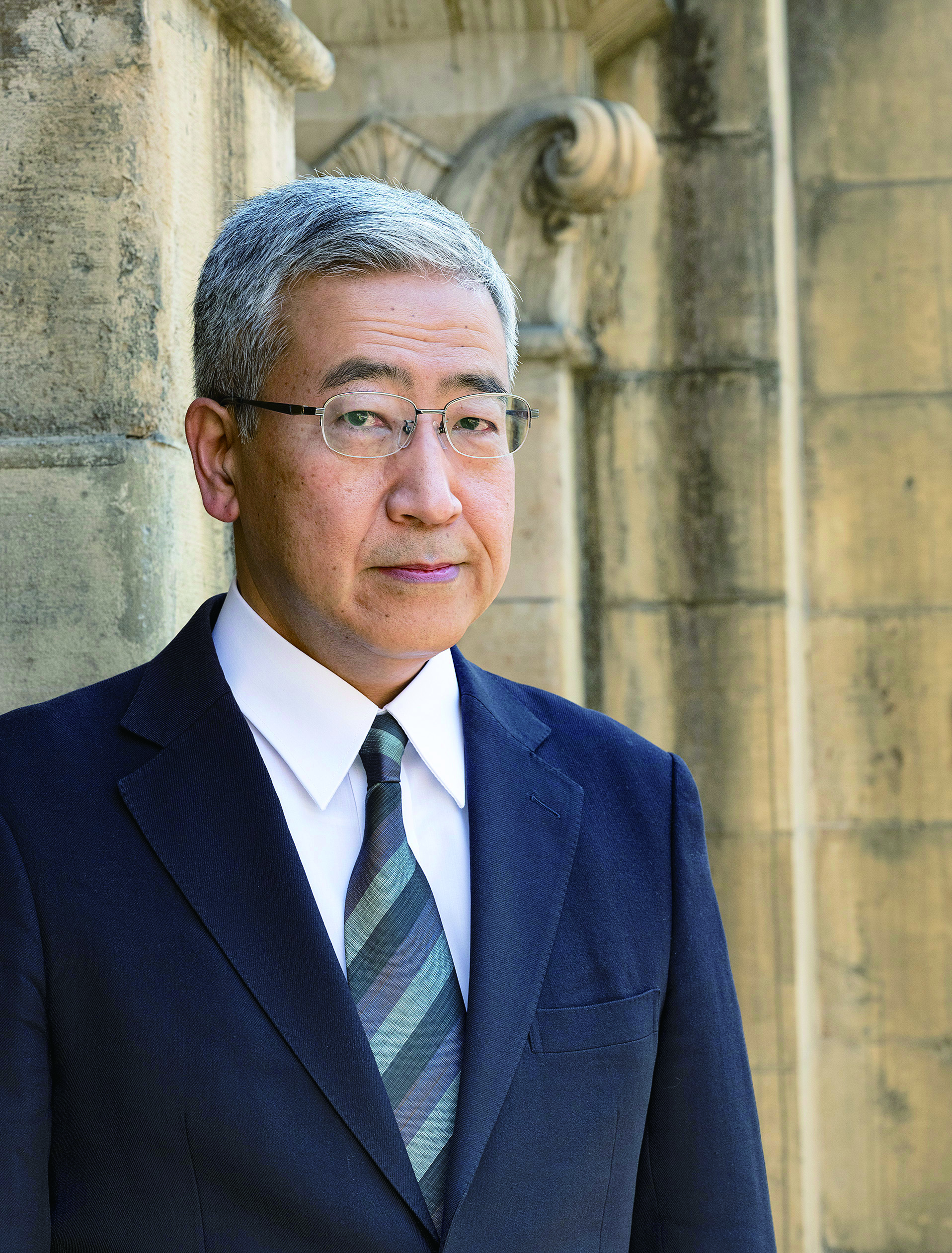Message

Historiographical Institute, the University of Tokyo is a research institute for the study of historical documents that span Japan’s pre-modern history from ancient times through to the Meiji Restoration.
We collect and research various historical documents from ancient times to the Meiji Restoration period in Japan and abroad, and publishes them in a variety of databases and collections. Our mission is to contribute to the academic community and society by making these materials and digital databases widely available to the public.
Our institute has a long history, and its origins stretch back to the Institute for Japanese Studies (Wagaku Kōdansho) in the Edo period.
The Meiji Government took over the operation of this institute in the second year of the Meiji period (1869) and embarked on historiographical undertakings. The institute was subsequently transferred to the Imperial University, which adopted the current style of compiling and studying Japanese historical materials. Starting with the first volumes of “Dai Nihon Shiryō” and “Dai Nihon Komonjo” published in 1901, we have published a total of more than 1,200 volumes of Japanese historical materials and archives.
As a prerequisite for research and compilation of archives, we have been investigating and collecting archives in Japan and abroad for more than a hundred years. In addition to reproduced materials, the Historiographical Institute also has a vast archive of 200,000 precious original source materials including a designated National Treasure, the Shimazu-ke Monjo (Documents of the Shimazu Family, 15,133 pieces). We repair and conserve these materials to pass them down to the next generation and analyze the unique information only original materials bear, integrating conservation and research together as a consistent endeavor.
In 2009, the Institute was recognized as a “Research Center for the Utilization of Japanese Historical Materials as a Research Resource” and has conducted nearly 250 joint research projects in cooperation with researchers, museums, local governments, and other organizations in various regions. In 2019, We were selected as the only Humanities Center for the JSPS Project for the Promotion of Data Infrastructure Development in the Humanities and Social Sciences, and from 2023, based on this project, we will serve as the core institution of JSPS Project for Strengthening Data Infrastructure for the Humanities and Social Sciences. The center is building an infrastructure to promote the sharing and utilization of data across the humanities as a core institution of the project.
Due to the spread of COVID-19 since 2020, the activities of the Historiographical Institute have been significantly restricted like everyone else. On the other hand, access to our SHIPS database has significantly increased,
Indicating heightened expectations for the roles of the Historiographical Institute to support research activities under the curfew. The Historiographical Institute, as the central organization of Japanese historiographical research, not only builds the foundations but also drives research efforts at the forefront of historical and historiographical research, based on tradition and introducing state-of-art technologies. We request your renewed understanding and support for all such efforts.
